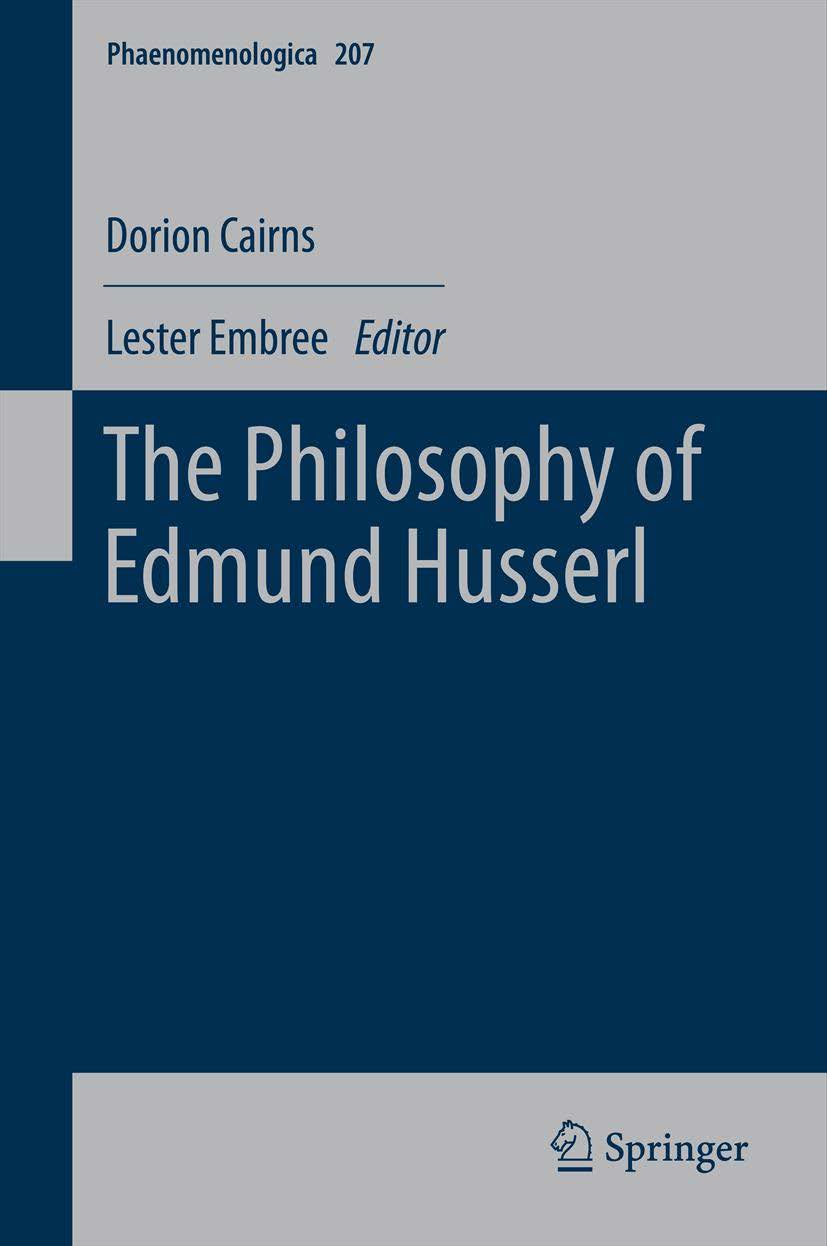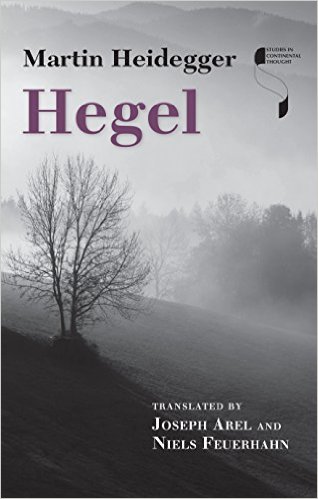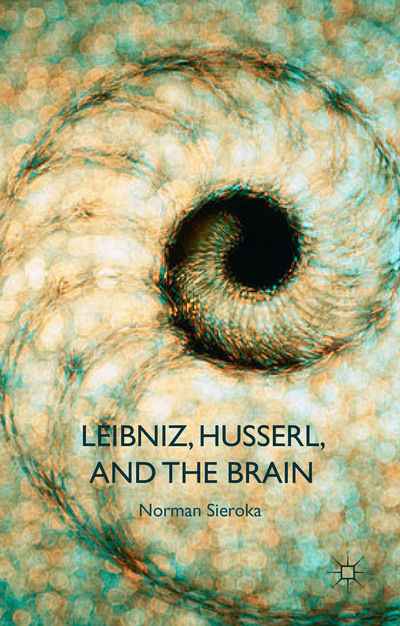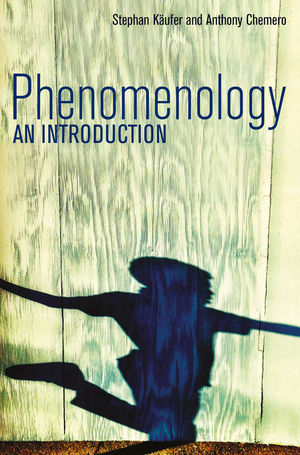 The Philosophy of Edmund Husserl
The Philosophy of Edmund Husserl
Phaenomenologica, Vol. 207
Springer International Publishing
2013
Hardcover 114,99 €
XVIII, 310 p.
Reviewed by: Prof. Dr. Michael Weinman (Bard College Berlin)
Phenomenology, from its inception, has been interested in the problem of inception, especially in its connection to the act of conception: not just the question of how we think abstractly, but also the question of how we begin to think abstractly, has been a central focus for the phenomenological tradition since the late 19th century. Owing to this intimacy of inception and conception—of beginning and thinking abstractly—as the source of a constellation of research questions, we should not be surprised that the origins of the phenomenological tradition itself should present itself as an area of research for people working in that tradition today. If, after all, there is in fact a close connection between the very possibility of a form of abstract thought and the shape of a methodological approach (defined by means of its psychological and/or historical determinations), then surely the arrival of phenomenology as method must itself be a matter worthy of phenomenological investigation.
Notwithstanding this fundamental and overarching “rightness” of the origins of Phenomenology as an object for phenomenological analysis, there’s something distinctive and interesting about the phenomenon of the “return to the sources” of Phenomenology transpiring during our current decade. This review will focus on one distinctive entrant to this broader dynamic, and through a close engagement with both (some of) its details and its overall mise en scene, will try to say something about Cairns’s work in phenomenological philosophy, Embree’s work in (re-)presenting Cairns’ work to the community of phenomenological researchers, and our work moving forward. It will surely emerge from what follows, but let me state strongly here that I am—and I believe we should be—very grateful for the work of both Cairns beginning already some eight decades ago and Embree’s recent work in bringing it forward, and offer the following remarks in the spirit of mobilizing their work moving forward. That said, it is impossible to offer an overarching assessment of Embree’s project in releasing Cairns’s manuscripts now as this volume, containing Cairns’s 1933 dissertation, is only the first of a series of volumes (perhaps six), and only when (at least some of) those additional volumes appear will we really know what the community of phenomenological researchers have to gain from this publication of Cairns’s articulation of Husserl’s project.
With that much said by way of a general introduction, let us turn to the structure of Cairns’s 1933 dissertation, The Philosophy of Edmund Husserl, and what is to be gained by reacquainting ourselves Cairns’s attempt at exegesis, translation and exposition of Husserl’s basic philosophical system up to the publication of the Formal and Transcendental Logic (in German) and Cartesian Meditations (in French). The chief virtue of this volume for current discussions in phenomenology will be the feature of Cairns’s method to which he himself calls attention in the preface, namely the fact that in writing this exposition of Husserl’s philosophy (up to 1931/2) as such, Cairns is working not so much with the published works from the 1890s until 1930 that we know well, but rather a combination of Husserl’s manuscripts (often subsequently published but not always translated into English anyway) and most importantly Cairns’s conversations with Husserl in 1920s and again in 1930-31. I will later expound on the value of access to such conversations for me personally in my current work on Husserl’s reception of Greek mathematical thought, specifically with reference to apodicity, Euclidean space, and the problem of history in transcendental phenomenology.
Beyond the benefit of gaining access to Cairns’s conversations with the Husserl in the period 1924-31 for the contemporary reader and interpreter of classical Phenomenology and of Husserl in particular, the chief benefit of the current volume might be the way in which Cairns offers a series of remarkably clear formulations of basic (foundational) issues in phenomenological philosophy. Take, for instance, his depiction of the “themes of the present essay” in the Summary (pp. xiii-xvi) which are “(1) transcendental being, and (2) the world (with all that is in and of it) as its intended object,” on occasion of which Cairns offers glosses of key terms such as: attitude, both transcendental and natural (discussed in detail in chapters 11-12, especially pp. 108-14); syntactical structure (discussed in detail in chapter 20, especially pp. 229-35); meaning (discussed in detail in chapter 21, especially pp. 247-52); and, of course, intersubjectivity (discussed in detail in chapter 26, especially pp. 287-92). One very practical “use” of this newly published and yet “old” work would be to take up these chapters in the service of developing one’s personal glossary of some of the key terms of phenomenological analysis, as practiced by Husserl and is early followers, especially in investigating the extent to which this practice is or is not consistent with Husserl’s work—and that of his later followers—after the time of Crisis.
In that light, we must note the debate about how, if at all, these key features of Husserl’s original approach to phenomenological philosophy ought best to be understood, translated, and used, which continues to rage today. In this midst of this sea, we search for a compass, and while the classic guide for contemporary appropriations and extensions of Husserl’s project will continue to be Zahavi’s Husserl’s Phenomenlogy (Stanford, 2003) together with the Handbook of Contemporary Phenomenology that he edited (Oxford, 2014), Cairns’s attempt to provide a similar systematic basis for those who would carry on Husserl’s project is still of value. I shall conclude the current review with some examples of how, beginning with the most famous of Husserl’s terminological innovations—the epochē—and then looking at three aspects of phenomenological analysis in which Husserl’s reception of Greek mathematics is especially telling, namely: apodicity; Euclidean space; and the problem of history for phenomenological analysis as such.
The transcendental reduction. Nothing is more “originary” (or primitive, basic, foundational) for phenomenological analysis than this feature of Husserl’s thought. And readers of this reissue of Cairns’s dissertation will be well-served by consulting his presentation of the epochē in chapter one. Here, we find Cairns asserting the primary fact about knowledge (ultimately “science” as Cairns has it), which is the only possible object of philosophy, and which we “do not have” but “are seeking” (p. 1), namely, that while there are different subject matters in science, “all subject matter is one in the sense that each separate subject-matter is a part of, or essentially related to, the world” (p. 4). This is the fundamental starting point for a phenomenological analysis: there is an underlying unity to all truth, to all scientific knowledge, and this unity is of a piece with the world-participation of the knowledge and the knower who discloses it. This means that, as Cairns memorably puts it: “All knowledge that I as a human being possess is knowledge either for or about the world, about myself as part of the world, or about the rest of the world” (p.5). ” Thus, surely, in order to understand something about understanding itself, to arrive at knowledge worthy of the name, is to come to terms with the world-object that is known as part of the unity of the world as it is for the knower. And this can only be by means of the epochē, the procedure by which the world-as-known to the knower can be known in part or in whole for the knower, insofar as one has “bracketed” one’s belief in the object of knowledge so as to “test” the knowledge as knowledge. As Cairns (p. 7) summarizes: “To exercise epochē on the whole world is not to lose it from sight. It is still there for me, but no longer as believed —or rather, I still believe it but also merely look at it as believed, without—for my theoretical purpose—“sharing” in my own belief. The “world” is now my “phenomenon.” What I find singularly helpful in this (re-)presentation of the basic orienting claim of Husserl’s phenomenology as something to consider some 80 years on is the way in which the three elements of Husserl’s intellectual project—the philosophical psychology (“philosophy of mind”), the philosophy of science, and what he came to call (in Crisis) teleological-historical reflection—are all united.
Apodictic knowledge. In describing how the epochē works, Cairns turns, for non-accidental reasons to the example of the Pythagorean theorem. “Non-accidental” I say because, though Cairns does not flag this fact here, Greek mathematics is absolutely paradigmatic for Husserl’s understanding of how we can employ the epochē in order to understand truth. The reason for this essential reference to Greek mathematics can be seen when Cairns (p. 6) asserts that for Husserl, “no knowledge of particular ‘external’ world-objects is possibly apodictic,” with the implicit contrast that it is with respect to universals alone that apodictic knowledge is possible. Cairns (pp. 6-7) then tests this claim is then tested against the locus classicus for attention to Greek mathematics, the Pythagorean theorem: “Thus, if I wish to test the Pythagorean theorem, I do not necessarily doubt the theorem, but I ‘disregard’ my belief in it, do not use it to help prove itself. Similarly, if I want to test whether or not a thing I see is ‘real,’ exists. It is evident that this attitude can be taken then toward certainties as well as toward doubtful matters.” The lesson is clear enough: it is only with respect to knowledge claims framed universally that it is possible for the bracketing of the conditions of our knowledge to bring us closer to the ideal of pure apodictic knowledge. But while Chapter 1 does not further clarify why and how this example from Greek mathematics is the ideal expression, a discussion of space and time as conditions of sense-perception in Chapter 14 does, in the context of discussing how space functions in Euclidean geometry. And it is to this that we turn now.
Euclidean space. The key feature of “Greek” mathematics from the perspective of phenomenological analysis and in particular the application of the epochē, is its incompleteness with respect to a pure ideality. Such an ideality, for Husserl, is both the condition of the possibility of a knowledge of universals, and also of the distancing of the thinker from the embeddedness within the physical manifold that is characteristic of sense-perception. This Cairns (p. 132) explicates not in the context of using the Pythagorean Theorem to instantiate the epochē, but rather in describing the nature of Euclidean space as opposed to pure (i.e., “infinite,” abstract, ideal) space: “‘Infinite space’ means, in the first place, infinite space of the same order as is given in sense-perception, infinite morphological space. It too is an ‘ideal’ object and comes to the most original possible givenness as the objective-sense of an ideally unlimited fulfilling of the external spatial horizon of the sensuously presented world.” Here we see what is most characteristic of phenomenology in its resistance to the dichotomy of the real and the ideal, the abstract and the concrete, the rational and the empirical: the ideality of the geometrical object of knowledge—the point, the figure, the plane. It is this ideality that Greek mathematical thought introduced but could not address, Cairns (p. 133) writes, because, for Husserl, such “an essence as ‘Euclidean space’ is still a ‘material’ essence. It may be ‘formalized,’ i.e., in a new act founded in the act of grasping the material essence we may grasp its pure logical-mathematical form, the ‘Euclidean manifold,’ which is not determined as ‘spatial.’” In other words, Greek mathematics introduces as an object of possible knowledge a kind of ideal manifold (the “space” of “pure mathematics”) but it does not possess any such objects of knowledge, because Cairns explains (p. 133) “in the general theory of manifolds, pure mathematics (or logic) studies yet higher essences, of which such manifolds as the “Euclidean manifold” are but particular instances.”
Transcendental phenomenology and the problem of history. This status of Greek mathematics, as on the one hand introducing the possible class of objects for a study a pure mathematics, and at the same time lacking the truly non-material essence which is a condition for its possibility, brings us to the problem of history as such for the practice of the epochē and of transcendental phenomenology more broadly. While there are those who would say that Husserl’s thought is largely ahistorical before the time of Cairns’s dissertation and only turns to historiographical matters and really engaged with Historicism as a tradition of thought in the wake of his perceived waning influence in the early 1930s, a careful reading of Cairns’s dissertation gives credence to those who would say that the concern with historicity was always there. I have tried to show this with reference to the appearance of the Pythagorean Theorem and Euclidean Space in Chapters 1 and 14, but let us conclude by looking at what has to say about “historicity,” what he analyzes as the psychological intersubjectivity of the world as an experienced determination, in the concluding Chapter 27. Cairns (p. 291) writes: “This psychological intersubjectivity of the world is for each mind in part an experienced determination of the world, namely in so far as that mind is directly aware of the minds of others.” The analysis of the intersubjective ground of all possible experience, through the framework of an “experienced determination of the world,” cannot but raise specifically historical problems, as Cairns (p. 294) concludes: “the specific transcendental problems of phenomenal biography and history, i.e., of the essential forms of endurance, development, and decay in world-time peculiar to individual men, societies, institutions, and traditions. Not only the basic individuals but also the derived syntactical objects within each region must be taken as clues to their constitution.” Having arrived at the conclusion of his book he leaves analyses of these “regions” for further research—with which of course we are familiar from his later published works and those of his students and others of the next generation of phenomenological analysis—but this open-ended conclusion is fitting for his work and for our appreciation of it as we return to it with the hindsight of the better part of a century. It shows us that however much Phenomenology aspired (and aspires?) to be an abstract science, its classic Husserlian articulation—even before the Crisis—ought always also to be understood as a study of the history of world-determinations within which the work of transcendental reduction can be enacted.
In short, this reader’s imagination was stimulated and intuitions were surprised on multiple occasions by reading Cairns’s book, and hopes that others who continue to think about “foundational” issues in Phenomenology will also find reason to look inside and re-think the picture they have of the basics of Husserl’s thought.








